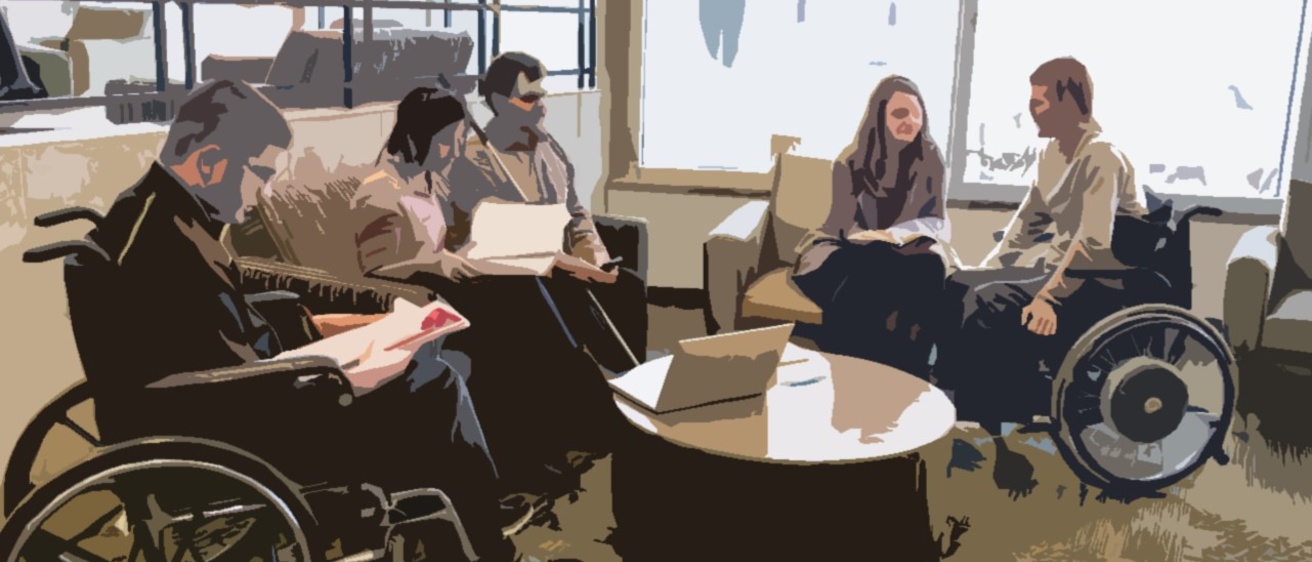A key aspect of inclusion is understanding the variability of your participants. Different backgrounds, experiences, and disabilities are just some of the factors you should consider when developing courses, meetings, workflows, or other University programming. Consider participants who may be living with a disability or impairment, and how we can construct our presentation or trainings in such a way that we don’t inadvertently make it difficult or impossible for our audience to participate.
Common Categories of Impairment
- Visual impairment (e.g., blindness, low vision, color blindness)
- Auditory impairment (e.g., Deaf, deafness, low hearing)
- Motor impairment (e.g., paralysis, cerebral palsy, missing/damaged limbs)
- Cognitive impairment (e.g., learning disabilities, traumatic brain injury, dyslexia)
- Seizure conditions (e.g., epilepsy)
- Age-related/Situational issues (e.g., injury, changing cognitive acuity, diminished sensory or physical capacity)
No two people are entirely alike. Although these categories are useful in a broad understanding of potential barriers to access, each encompasses a number of conditions, experiences, and ability levels.
96% of Disabilities are Invisible
Be aware that the vast majority of disabilities are not immediately apparent. People with certain sensory, physical, and processing impairments do not always exhibit any traits of their condition. Consider building accessibility into all areas of your University programming to ensure equitable participation for all.
